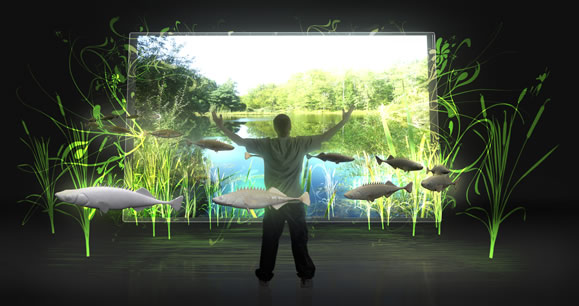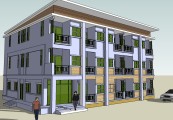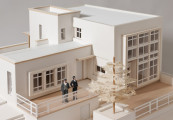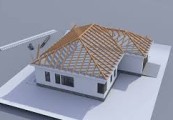How 3D Visual Content Helps Optimize Your Work
Process optimization has always been one of the key targets of organizations. It determines the rate of growth and ability to stay ahead of competition. The best way to optimize business processes is to start enhancing the product design as this happens to be the first phase in the product life cycle and the subsequent phases rely heavily on getting it right. Further optimization can be aimed at effective communication of the design across all other phases. These two targets are made easily achievable by the powerful 3D visualization methods.
A 3D visual content helps to enhance the product design by offering techniques for creativity and innovation. It enables easy comprehension and clear communication of the design by all teams involved in the product delivery chain.
The ways by which 3D visual content helps optimize the entire business process flow are mentioned below:
Perfection of Designs Made Easy
3D visualization of product designs and features are so detailed and realistic that it helps the engineers and architects to visualize even the minute details of product specifications effortlessly. The elaborate outlook of the design offers scope to explore and edit with different combinations of design options. The 3D visualization methods can be applied for each combination to visualize its look and feel and to select the best set of options. As this task of experimentation takes only minutes, 3D visuals help in bringing the design to perfection in lesser number of iterations than the traditional methods.
Minimized Development Time
The high quality images generated using 3D rendering techniques reduce the need of detailed documentation of the specification and features of the product. By providing better clarity of the design and features to the developers of the product, they remove the possibilities of errors due to miscomprehension and ambiguities. The 3D visuals also serve as a quick reference to work upon, as it is easy and quick to understand from photorealistic replica of products than from the detailed textual specification documents. Thus the valuable development time is significantly reduced due to 3D visualization.
Effortless Quality Assurance
The visualization skills are an essential part of quality assurance of any product. The quality executives visualize the user scenarios while ensuring the quality. Their natural abilities of visualization get boosted by the use of 3D visualizations. Much of the effort taken by the QA team for accurate visualization of the developed product in use are greatly reduced by the use of 3D images of the product models. The 3D animation of dynamic functionalities associated with the product help in impeccable validation of those features due to their ability to provide complete views of the product features. This improves the efficiency of the quality process resulting in enhanced product quality.
Streamlined Communication and Enhanced Coordination
In regular product design methods, the format of the CAD file is inaccessible to the teams other than the development team. This necessitated detailed documentation for communicating the product details to all other teams including QA, sales, customer service and marketing. The regular communication of updates in the product design and features is mandatory and any gap in communication could cause costly mistakes in the end product. Also, the lack of centralized reference information can result in poor coordination between the various teams participating in product life cycle. All these pitfalls are eradicated by the use of 3D visualizations of products. 3D visuals have a commonly accessible format and easy to understand presentation for the benefit of all the teams in the product delivery chain. They enhance inter-team coordination by streamlining the project communication across the organization.
Early Customer Feedback
The 3D visual content in the materials used for customer communication aid customers to have a better understanding of the proposed design inviting their feedback at an early stage of the project before the commencement of product development. This saves significant cost of development that may otherwise be spent on modifications of the completed product. It also provides opportunities to explain any impractical features suggested by the customer and to set clear expectations well ahead of the development. This clarity in communication enhances customer satisfaction and saves reputation of the business.
Clear Planning of Resources
With the better picture of product features enabled by 3D rendering methods, the managers are in a position to make more accurate estimation of time and resources and set clear targets and milestones for the project. It also helps them to predict the performance of the products.
Added Support for Marketing and Sales
The simple to understand 3D visuals make it possible for the sales team to understand the product features thoroughly to prepare an extensive list of strong selling points for presenting to customers. 3D advertisements have more reach due to their visual appeal. The stunning pictures and videos of products created using 3D visualizations speak well of the product benefits making the task simple for marketers.
The customer service team is also benefitted by the better understanding of the products and the opportunity for using the 3D visuals as quick references to answer customer queries during their telephonic conversations.
Thus 3D visual content saves the time and efforts of all stakeholders involved in the project and increasing the overall productivity of the organization.






